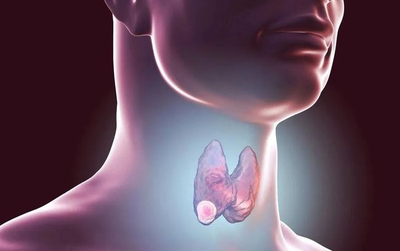
GPs’ Approaches to Promote Physical Activity in Routine Care
TOPLINE:
General practitioners (GPs) used exercise prescriptions and general advice, focusing on aerobic exercises, to discuss physical activity during consultations. GP Management Plans and a patient-centered approach were used to tailor physical activity recommendations.
METHODOLOGY:
- Researchers conducted a qualitative descriptive analysis of data of video-recorded GP‐patient consultations in primary care obtained from the digital library at Monash University in Melbourne, Australia.
- They analyzed 43 consultations, collected between August 2021 and February 2022, of which 18 included discussions on physical activity.
- The video recordings were transcribed verbatim for a detailed analysis, and associated data, including transcripts, patient survey logs, and demographic information, were collected.
- Descriptive content analysis was used to explore how GPs raised the topic of physical activity and the types of activities discussed.
- All participating GPs were aged 45 years or older and had over 20 years of experience; the majority of patients were older than 45 years, and 11 were women.
TAKEAWAY:
- GPs provided personalized exercise prescriptions, considering patient-specific needs and preferences.
- Few GPs used the general advice approach to promote overall health, mobility, and strength. They also promoted physical activity in conjunction with referrals to allied healthcare such as physiotherapy.
- The use of GP Management Plans facilitated structured discussions on physical activity in consultations.
- Patient-centered strategies were used to adapt physical activity recommendations to individual circumstances, with goal setting and shared decision-making for exercise regimes.
IN PRACTICE:
“These findings have implications for the ongoing training and development of health promotion in approaching and discussing the topic of PA [physical activity] in routine care for current and future practicing GPs,” the authors wrote. “The findings of this study can contribute to establishing teaching and training resources to support GPs in their roles about different ways to talk about PA with patients (for example, opportunistic or systematic, with tools such as the GP Management Plan),” they added.
SOURCE:
This study was led by Neha Giri, of the School of Primary and Allied Health Care at the Monash University. It was published online on March 31, 2025, in BJGP Open.
LIMITATIONS:
The qualitative nature of this study limited the generalizability of the findings. This study’s reliance on a single GP-patient interaction restricted the understanding of long-term physical activity engagement. The voluntary participation of GPs may have introduced bias toward favorable behaviors.
DISCLOSURES:
This study was funded by the Royal Australian College of General Practitioners, Australia. One author reported being supported by an National Health and Medical Research Council Investigator Grant. The authors disclosed no relevant conflicts of interest.
This article was created using several editorial tools, including AI, as part of the process. Human editors reviewed this content before publication.



